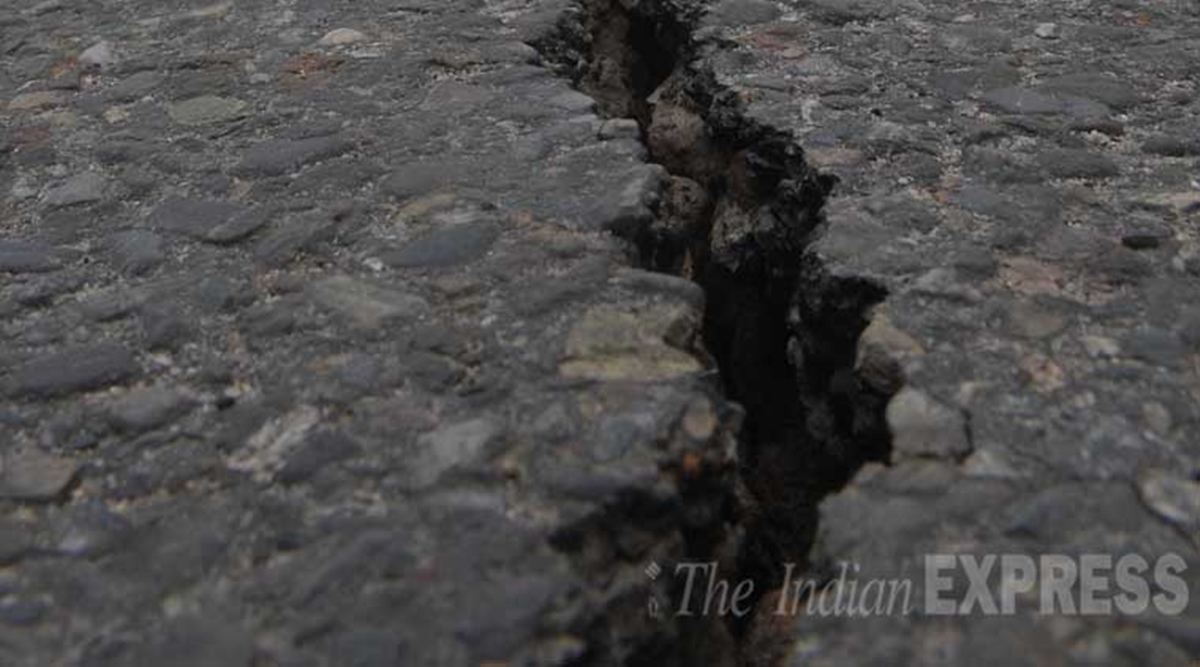 Scientists at Wadia Institute of Himalayan Geology have unearthed large concentrations of micro and moderate magnitude earthquakes in the Dharchula region and adjoining areas of Kumaon Himalaya. (Representational Image)
Scientists at Wadia Institute of Himalayan Geology have unearthed large concentrations of micro and moderate magnitude earthquakes in the Dharchula region and adjoining areas of Kumaon Himalaya. (Representational Image)About 45 km from the new Kailash Mansarovar road, connecting Dharchula in Uttarakhand to Lipu Lekh on the China border, scientists at Wadia Institute of Himalayan Geology have unearthed large concentrations of micro and moderate magnitude earthquakes in the Dharchula region and adjoining areas of Kumaon Himalaya due to stress in the region and explored the geological structure behind it.
Scientists say these large concentrations of earthquakes are “release of stress’’ building up in the region and that in the near future, there is likelihood of an earthquake of high magnitude in the region.
“Apart from the Kangra earthquake in 1905 and Bihar-Nepal earthquake in 1934, this region has not experienced an earthquake of magnitude greater than 8.0 in the last 500 years, and hence the region is known as the Central Seismic Gap (CSG) region. A gap is a term used to denote an area with little tectonic activity. This, despite the Himalayas being one of the most tectonically active regions in the country. However, the Kumaon Central Himalayan, which belongs to this CSG region, is one of the most seismically active regions of the Himalayan belt that experienced a considerable number of moderate and strong earthquakes in the recent past,’’ said Dr Devajit Hazarika, lead scientist on a paper that has now been published by the institute.
Scientists from the institute have established a seismological network of 15 broadband seismological stations along the Kali River valley to investigate the subsurface configuration and causes of frequently felt earthquakes in the Kumaon Himalaya region with support from the Ministry of Earth Sciences.
“The Dharchula region falls between two knee-like structures, which traps the stress in this region. This is the reason why there have been crowded earthquakes here within a span of years, numerous smaller earthquakes have occurred here and the stress keeps building up. For the stress to be finally released, there is a strong possibility that a high magnitude earthquake of 8 on the richter scale may occur, unlike in other areas where earthquakes are scattered. Of course, it is impossible to predict the scale or the exact time that an earthquake will occur. But we believe that this building stress will have to be released at some point,’’ added Dr Hazarika.
“We started investigating and mapping the region precisely because of the crowded earthquakes, to find out why they were occurring,’’ said Dr Hazarika.